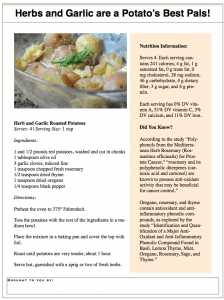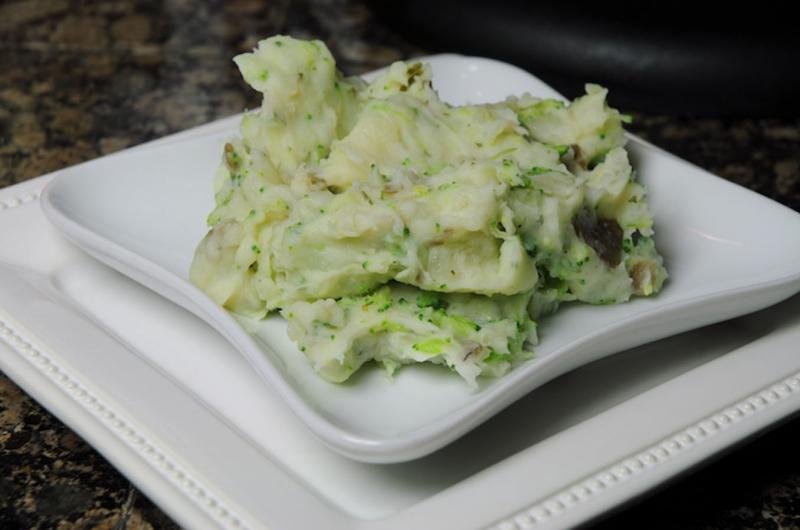Flavor Exploration: Herbs
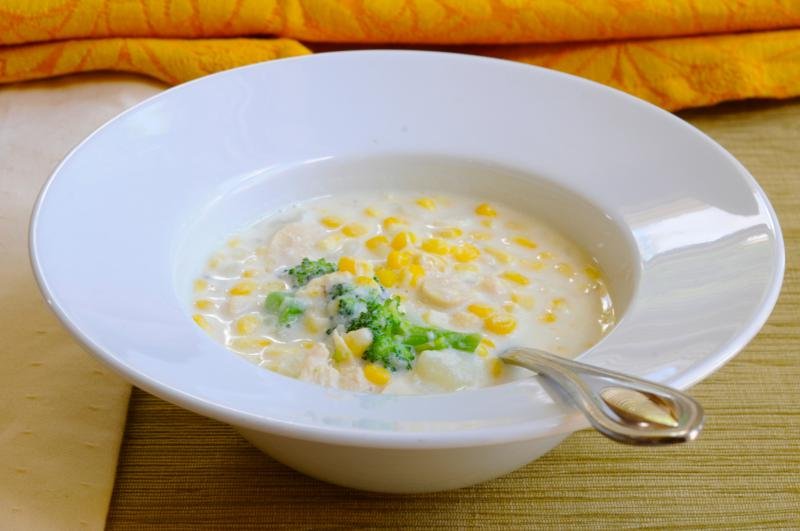 Nutrition Month is drawing to a close, and it's time for the 9th installment in our series about healthful flavor boosters. There are lots of ways to add flavor to dishes without loading them down with processed sugars, saturated fat, and too much sodium. In fact, using healthful foods as tools to amp up the flavor of the meals you eat is a great way to Enjoy the Taste of Eating Right.So, how can you take this advice and put it to work in your kitchen? Check out the earlier installments of this series, then review today's flavor-boosting guide...
Nutrition Month is drawing to a close, and it's time for the 9th installment in our series about healthful flavor boosters. There are lots of ways to add flavor to dishes without loading them down with processed sugars, saturated fat, and too much sodium. In fact, using healthful foods as tools to amp up the flavor of the meals you eat is a great way to Enjoy the Taste of Eating Right.So, how can you take this advice and put it to work in your kitchen? Check out the earlier installments of this series, then review today's flavor-boosting guide...
Of course, there's also a free handout at the bottom of this post. Use this handout to level up your flavor explorations...Today's Featured Flavor: HerbsFresh and dried herbs are the true workhorses of the flavor-boosting world. With tons of varieties, including basil, thyme, oregano, sage, parsley, and rosemary, it's easy to find a fresh new option to add to your cooking repertoire. Herbs are generally added to food in small amounts in order to provide a particular flavor.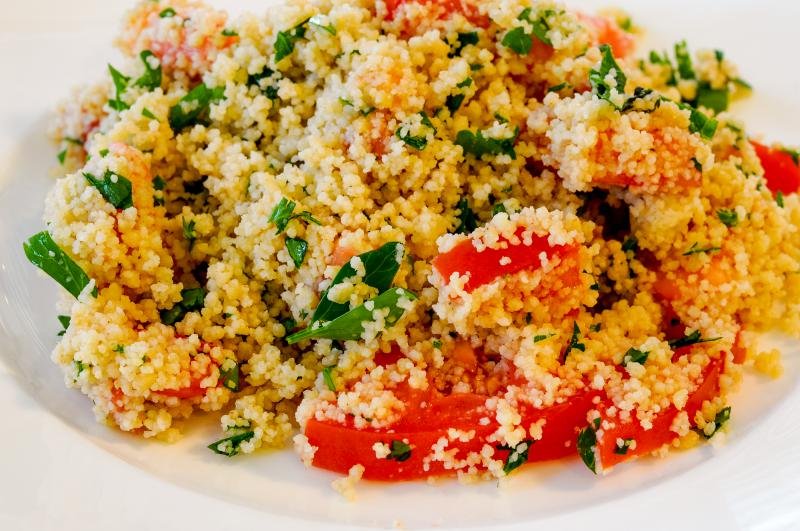 Basil has a bright summery flavor that makes it welcome in pestos and ratatouilles. It can be used either fresh or dried, though the fresh options have a stronger, cleaner flavor than the dried options.Thyme is another very popular herb, with fresh lemony undertones that make it the perfect accompaniment to fish and chicken. It's available either fresh or dried. Unlike basil, thyme keeps its flavor very well when dried.
Basil has a bright summery flavor that makes it welcome in pestos and ratatouilles. It can be used either fresh or dried, though the fresh options have a stronger, cleaner flavor than the dried options.Thyme is another very popular herb, with fresh lemony undertones that make it the perfect accompaniment to fish and chicken. It's available either fresh or dried. Unlike basil, thyme keeps its flavor very well when dried.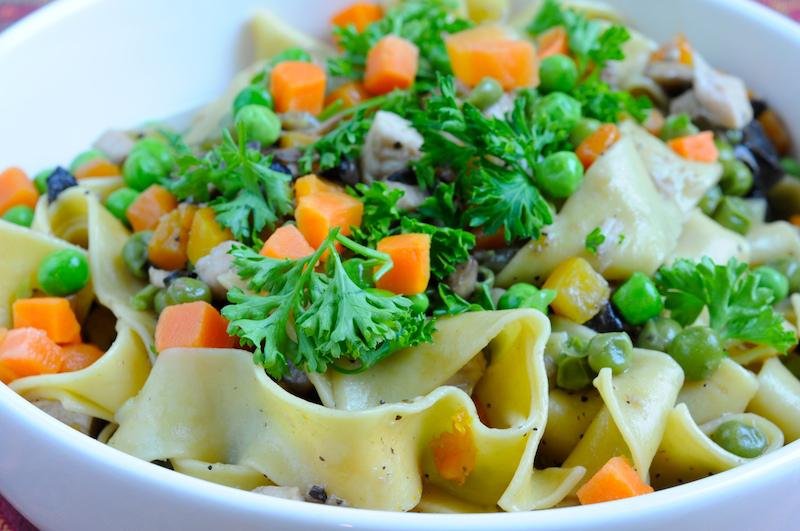 Oregano is a strong-flavored herb that is especially popular in Mediterranean cooking. It's both aromatic and bitter, and its flavor intensifies when dried.Sage tastes savory and a little peppery. It can be used either fresh or dried, and it pairs especially well with butternut squash and sweet potatoes.Parsley is bright and fresh, and we prefer the bunches that you can get in the produce section of your grocery store. The dried stuff isn't great. Parsley tastes as green as it looks, and it's perfect for finishing everything from soups to salads to roasts. It's generally tastier when used raw, rather than cooked.
Oregano is a strong-flavored herb that is especially popular in Mediterranean cooking. It's both aromatic and bitter, and its flavor intensifies when dried.Sage tastes savory and a little peppery. It can be used either fresh or dried, and it pairs especially well with butternut squash and sweet potatoes.Parsley is bright and fresh, and we prefer the bunches that you can get in the produce section of your grocery store. The dried stuff isn't great. Parsley tastes as green as it looks, and it's perfect for finishing everything from soups to salads to roasts. It's generally tastier when used raw, rather than cooked.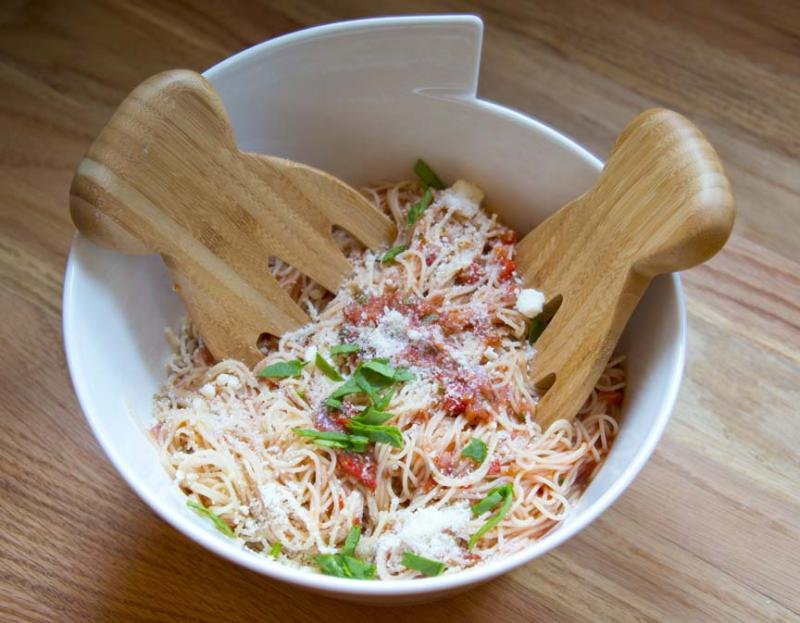 Rosemary is a very popular component of stuffings and roast meats, though we also adore it with cooked potatoes as well. It's very aromatic, with bitter and sweet undertones. Try it either fresh or dried!Chives have a lovely, mild onion flavor. Use them in salads and to garnish soups. It is easy to grow them and they come up year after year.Herbs and Your Health:There are many varieties of herbs, and tons of them have at least one health benefit or another. However, sometimes herbs are best when it comes to the other flavoring agents they replace.
Rosemary is a very popular component of stuffings and roast meats, though we also adore it with cooked potatoes as well. It's very aromatic, with bitter and sweet undertones. Try it either fresh or dried!Chives have a lovely, mild onion flavor. Use them in salads and to garnish soups. It is easy to grow them and they come up year after year.Herbs and Your Health:There are many varieties of herbs, and tons of them have at least one health benefit or another. However, sometimes herbs are best when it comes to the other flavoring agents they replace. Herbs are calorie- and cholesterol-free foods. They don't have any sodium, saturated fat, trans fat, or added sugars. Using them to improve the taste of your meals will displace other flavoring agents (like sodium-laden soy sauce, sugar-packed ketchup, or butter, which is loaded with saturated fat). This is a great way to improve your health!Of course, herbs can also bring health benefits of their own. For example, the paper "Herbs and Spices in Cancer Prevention and Treatment" explains, "Basil’s antioxidant, antimutagenic, antitumorigenic, antiviral, and antibacterial properties likely arise from a variety of components including linalool, 1,8-cineole, estragole, and eugenol." That's a lot of health benefits! Antioxidants protect the body from free radical damage, antimutagenic agents slow the rate of mutation, antiumorigenic behaviors counter tumor growth, and antivirals and antibacterials protect your body from viruses and harmful bacteria (respectively).
Herbs are calorie- and cholesterol-free foods. They don't have any sodium, saturated fat, trans fat, or added sugars. Using them to improve the taste of your meals will displace other flavoring agents (like sodium-laden soy sauce, sugar-packed ketchup, or butter, which is loaded with saturated fat). This is a great way to improve your health!Of course, herbs can also bring health benefits of their own. For example, the paper "Herbs and Spices in Cancer Prevention and Treatment" explains, "Basil’s antioxidant, antimutagenic, antitumorigenic, antiviral, and antibacterial properties likely arise from a variety of components including linalool, 1,8-cineole, estragole, and eugenol." That's a lot of health benefits! Antioxidants protect the body from free radical damage, antimutagenic agents slow the rate of mutation, antiumorigenic behaviors counter tumor growth, and antivirals and antibacterials protect your body from viruses and harmful bacteria (respectively).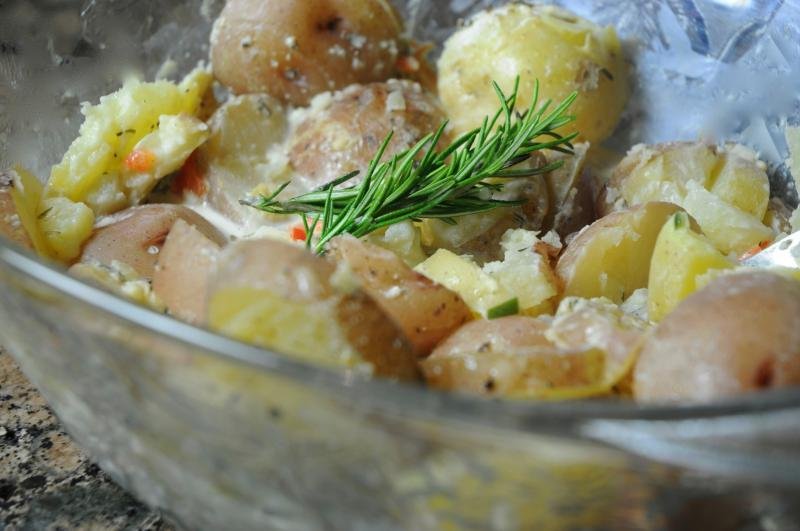 Basil isn't the only super herb. According to the study "Polyphenols from the Mediterranean Herb Rosemary (Rosmarinus officinalis) for Prostate Cancer," "rosemary and its polyphenolic diterpenes (carnosic acid and carnosol) are known to possess anti-oxidant activity that may be beneficial for cancer control." And oregano, rosemary, sage, and thyme all contain antioxidant and anti-inflammatory phenolic compounds, as explored by the study "Identification and Quantification of a Major Anti-Oxidant and Anti-Inflammatory Phenolic Compound Found in Basil, Lemon Thyme, Mint, Oregano, Rosemary, Sage, and Thyme."Herbs as Flavor Boosters:
Basil isn't the only super herb. According to the study "Polyphenols from the Mediterranean Herb Rosemary (Rosmarinus officinalis) for Prostate Cancer," "rosemary and its polyphenolic diterpenes (carnosic acid and carnosol) are known to possess anti-oxidant activity that may be beneficial for cancer control." And oregano, rosemary, sage, and thyme all contain antioxidant and anti-inflammatory phenolic compounds, as explored by the study "Identification and Quantification of a Major Anti-Oxidant and Anti-Inflammatory Phenolic Compound Found in Basil, Lemon Thyme, Mint, Oregano, Rosemary, Sage, and Thyme."Herbs as Flavor Boosters: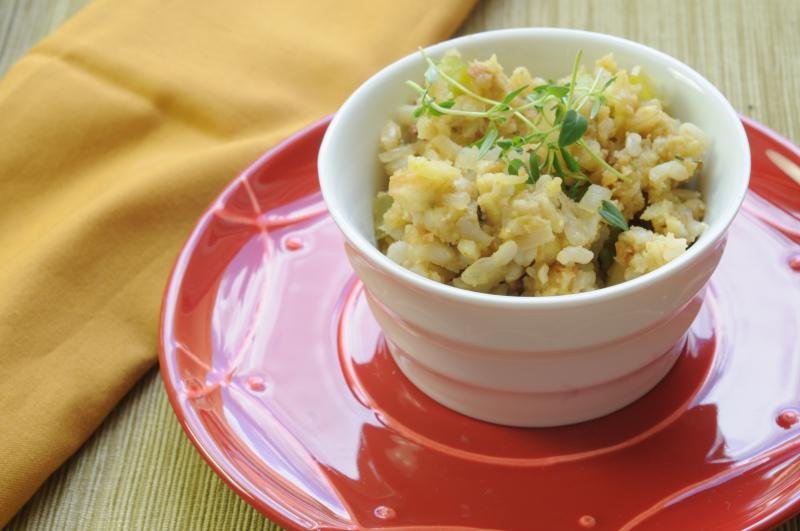 So, how do we use herbs in our kitchen? Well, hardy herbs like thyme, sage, and rosemary can all be dropped into roasts and stews, cooking alongside the rest of dinner. Basil and parsley are best used as garnishes after cooking (too much heat breaks down their flavor), though certain exceptions do apply. Since there are so many different herbs, and each has its own unique taste, it's best not to make too many generalizations. Instead, try a recipe that features a new herb and see what you think. As you learn about the ways to use these amazing flavor boosters, you'll build up your kitchen repertoire with ease.Some of our most popular free recipes that use herbs include...
So, how do we use herbs in our kitchen? Well, hardy herbs like thyme, sage, and rosemary can all be dropped into roasts and stews, cooking alongside the rest of dinner. Basil and parsley are best used as garnishes after cooking (too much heat breaks down their flavor), though certain exceptions do apply. Since there are so many different herbs, and each has its own unique taste, it's best not to make too many generalizations. Instead, try a recipe that features a new herb and see what you think. As you learn about the ways to use these amazing flavor boosters, you'll build up your kitchen repertoire with ease.Some of our most popular free recipes that use herbs include...
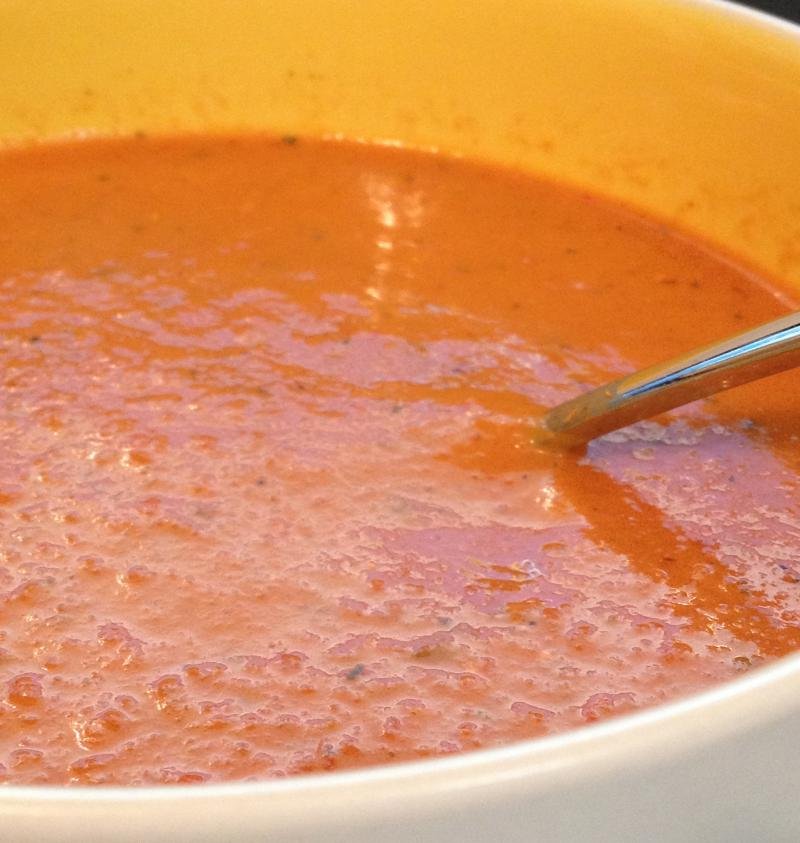 10-Minute Corn Chowder
10-Minute Corn Chowder- Barley Lentil Soup with Turnips
- Basic Herb Vinaigrette
- Chicken Noodle Soup
- Cream of Tomato Soup
- Farmers' Market on the Grill
- Florentine Mashed Potatoes
- Herb and Garlic Roasted Potatoes
- Herbed Rice Pilaf
- Mediterranean Couscous
- Roasted Tomato Spaghetti with Basil
- Slow Cooker Pea Soup
- Vegetarian Carpaccio
This post is brought to you by the Nutrition Education Store. Check out the amazing new products that we have just released!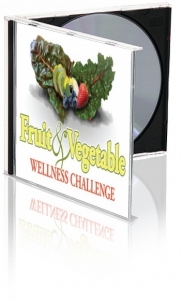

 Ready to level up your flavor exploration? Download a copy of this free handout! The Herb and Garlic Potatoes in the recipe simply can't be beat!
Ready to level up your flavor exploration? Download a copy of this free handout! The Herb and Garlic Potatoes in the recipe simply can't be beat!